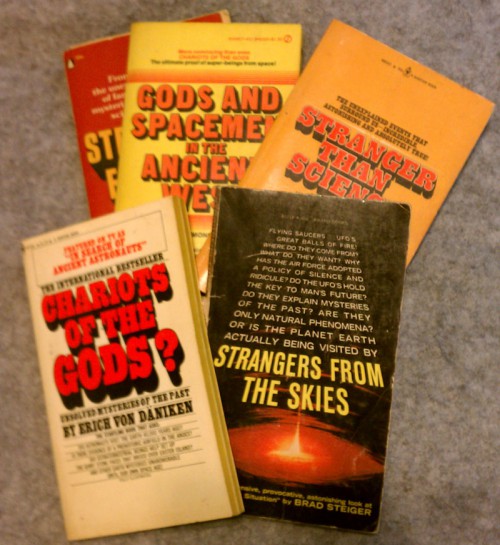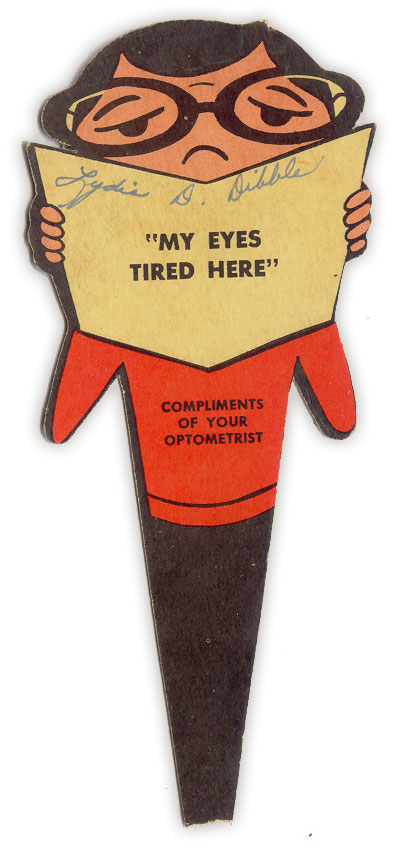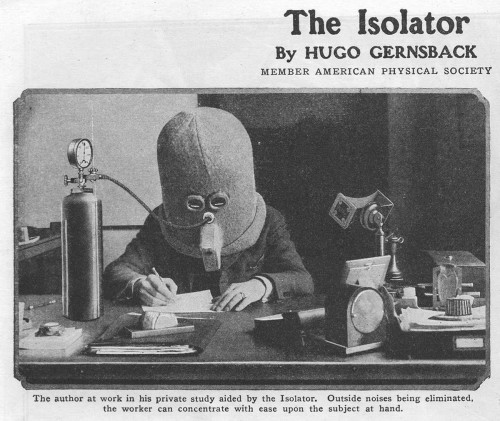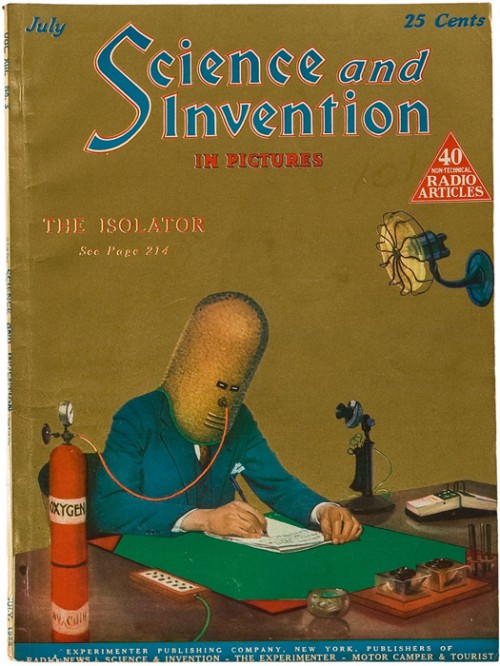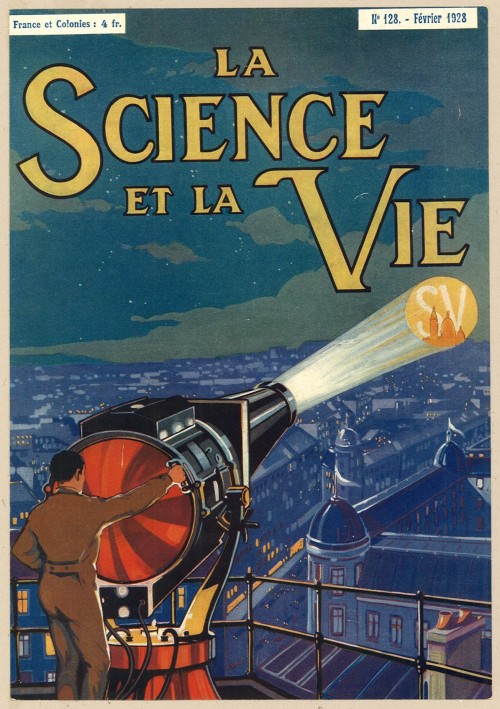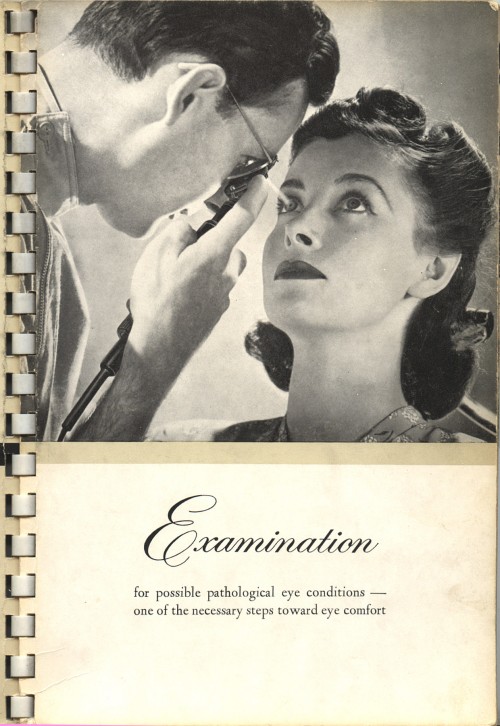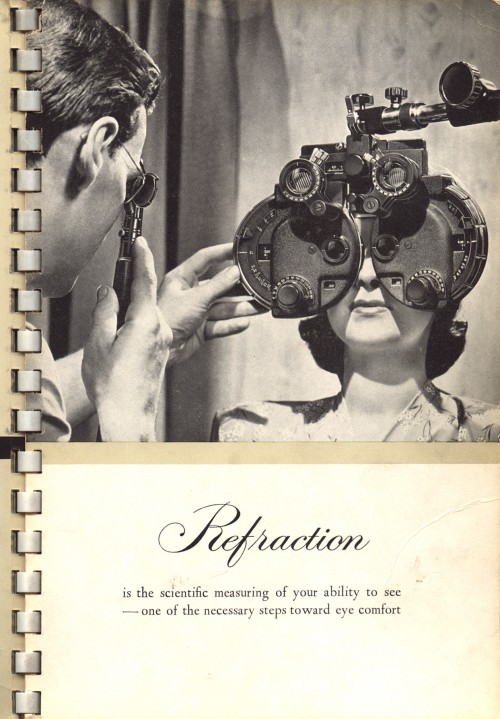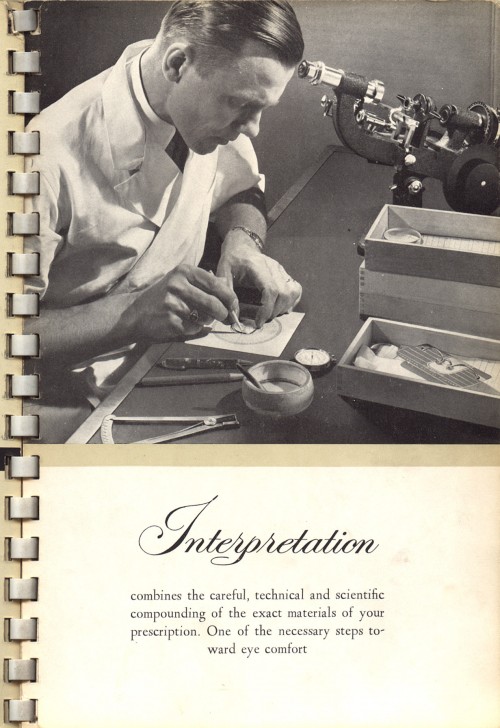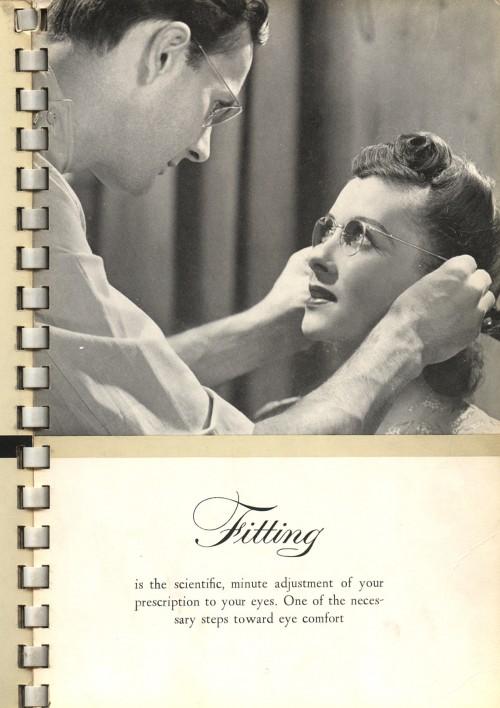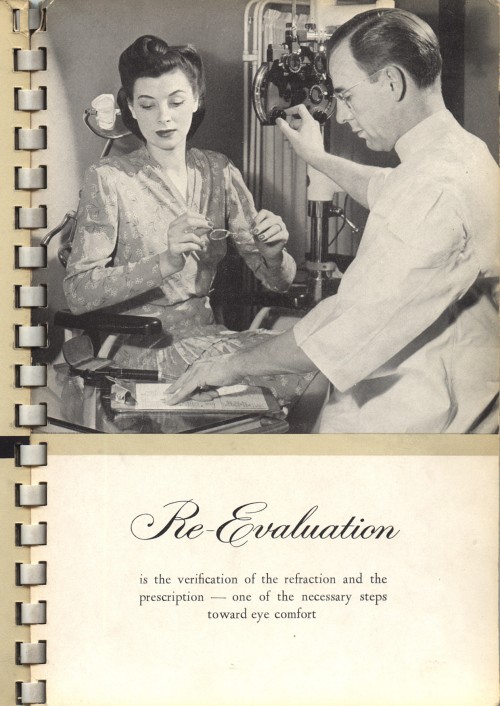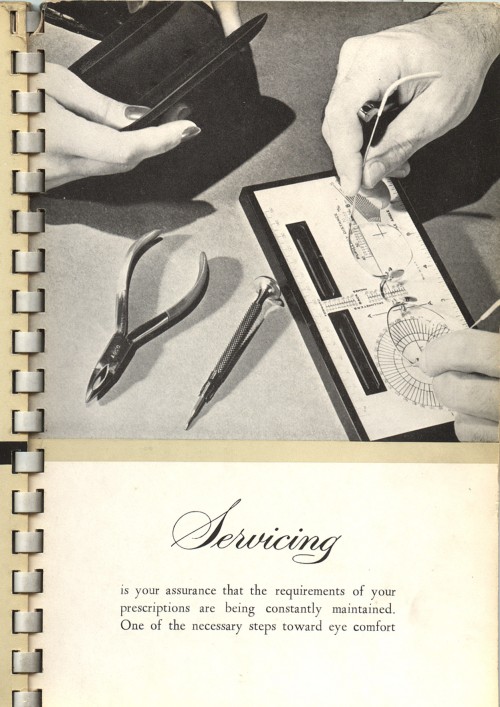We can thank New Wave Science Fiction and its experimental “what if” nature of soft science for everything from Star Trek (and so fake Spock toys) to works which emphasized “hypothesis” of ancient human-extraterrestrial contact. It’s the last group, the sensationalized books which are the fodder of Roswell conspiracists, which seem to find me. Like this stack of retro paperbacks. Hey, Star Trek may have been the most accurate in terms of technological predictions; but Chariots Of The Gods has given us all Ancient Aliens on the History Channel. Yeah, that’s not much of a defense. But a few of them might be kind of fun to read… Or not. I can’t promise anything in any direction.
Tag: science
My Eyes Tired Here
This vintage bookmark is both accurate and an advertisement for an optometrist. Plus, it’s cute as hell.
“You have the formula for me!”
Gernsback’s ADD & ADHD Treatment
The Isolator by Hugo Gernsback, as it appeared on the cover of, and the pages in between, the July 1925 issue of Science and Invention.
While Attention Deficit Order, with or without hyperactivity, isn’t mentioned (it didn’t exist as a diagnosis back then), The Isolator was designed to help focus the mind, particularly when reading and writing (literacy is hard work!). The helmet not only eliminated all outside noise, limited sight to just one line of text at a time, but it also pumped in oxygen. From the looks of it, the contraption would also assist in limiting hyperactivity by limiting movement, or, between weight and limited visibility, it would at least slow you down.
Via A Great Disorder and 50 Watts. At Boing Boing, Mark captions the mag cover “Portrait of a Blogger in the 1920s.”
Laudanum For Baby Too
Via.
How Nice – Hunting Bullets Were Vegan
“What It Takes To Make A Shotshell” — a nifty little illustrated chart (found in The Standard Book of Hunting and Shooting, edited by Robert B. Stringfellow, copyright 1950, Stackpole & Heck, Inc.), which shows that vegetable oil was used to make the tube…
In Trouble? Put Up The Giant Science-Signal
You know, like they do in Gotham. Vintage magazine cover: La Science et la Vie, started in 1913 but is now just called Science & Vie; via Visual Arts Library Picture & Periodicals Collections.
You Should Get Your Eyes Checked
Select photos scanned from pages in Professional & Technical Services Essential To Eye Care, copyright 1942, 1949, American Optical Company, U.S.A.
The World’s First Atomic Refuge
According to this vintage brochure for Meramec Caverns, the caverns had geological formations which would “give the greatest protection against atomic shock and radiation. A modern Noah’s Ark is anticipated.”
Up-Inspired Floating House
National Geographic was inspired by Disney’s Up, as reported by Eugene at My Modern Met:
Yesterday morning, March 5 at dawn, National Geographic Channel and a team of scientists, engineers, and two world-class balloon pilots successfully launched a 16′ X 16′ house 18′ tall with 300 8′ colored weather balloons from a private airfield east of Los Angeles, and set a new world record for the largest balloon cluster flight ever attempted. The entire experimental aircraft was more than 10 stories high, reached an altitude of over 10,000 feet, and flew for approximately one hour.
The filming of the event, from a private airstrip, will be part of a new National Geographic Channel series called How Hard Can it Be?, which will premiere in fall 2011.
Thirteen more photos at My Modern Met!
